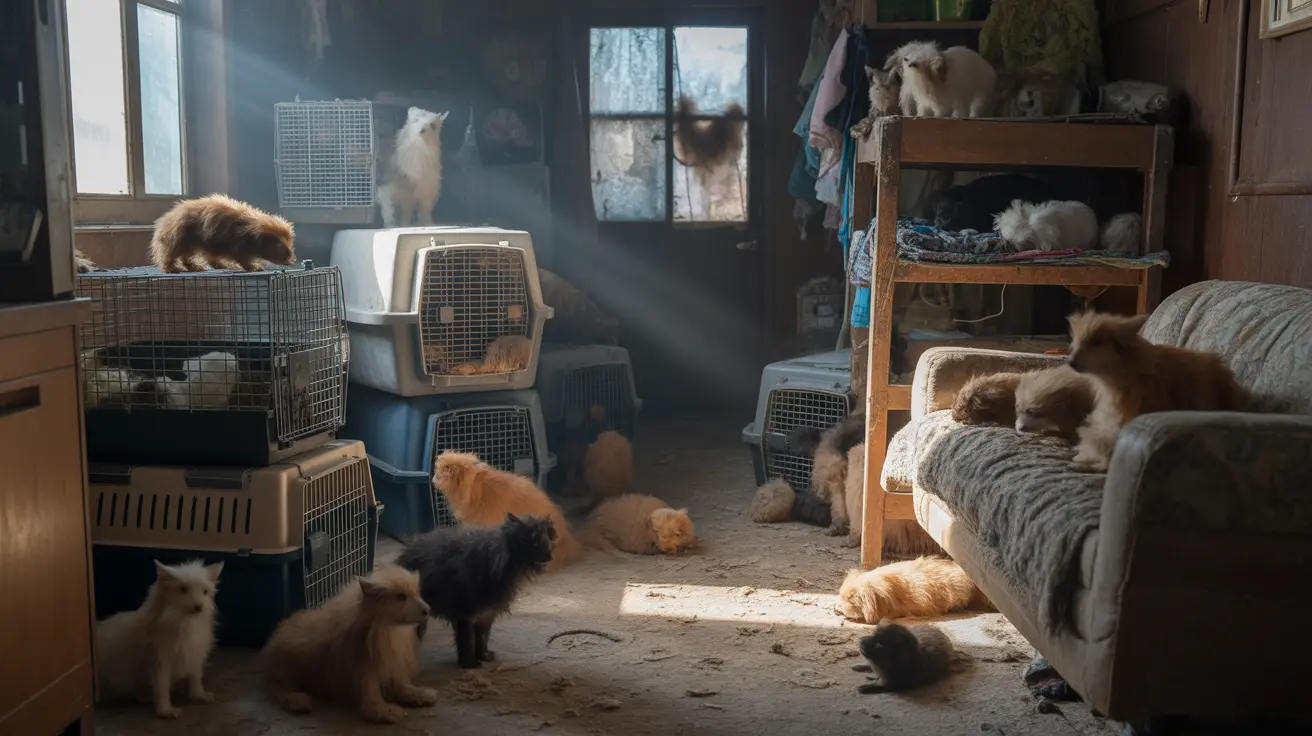In a significant animal welfare crisis, the SPCA has rescued 200 farm animals from severe neglect conditions, highlighting the critical need for vigilance in detecting animal neglect signs. The organization reports that many animals had already died before the rescue operation could be completed, underscoring the urgency of such interventions.
This large-scale rescue operation involved caring for surviving animals including goats, ducks, dogs, and cats, demonstrating the complex challenges animal welfare organizations face when addressing farm animal neglect cases. The incident serves as a stark reminder for pet owners and community members about the importance of recognizing and reporting animal welfare concerns.
Understanding Animal Neglect Signs in Farm Settings
Animal neglect symptoms in farm environments can be particularly challenging to identify from a distance, but several key indicators should alert community members to potential problems. Severely neglected animals often display visible malnutrition, untreated medical conditions, inadequate shelter, and lack of access to clean water and appropriate food.
Farm animals like goats and ducks require specific care standards that, when absent, create life-threatening conditions. Goats need proper nutrition, veterinary care, and adequate shelter from weather extremes. Ducks require access to clean water for drinking and bathing, appropriate housing, and protection from predators.
The Scale of Animal Welfare Crisis
This SPCA animal rescue operation demonstrates how quickly animal welfare situations can deteriorate when proper oversight is lacking. Large-scale animal neglect cases often involve complex factors including inadequate resources, lack of knowledge about proper animal care, or overwhelming circumstances that exceed an owner's capacity to provide appropriate care.
Animal cruelty statistics show that farm animals are among the most vulnerable to neglect due to their location away from public view and the assumption that agricultural animals require less intensive care than companion animals.
Challenges for Animal Shelter Capacity
When animal welfare organizations respond to large-scale rescues like this one, they face immediate challenges related to animal shelter capacity. Caring for 200 animals simultaneously requires significant resources including medical care, specialized housing, food, and staffing.
Each rescued animal requires individual assessment for medical needs, behavioral evaluation, and appropriate placement planning. This process can strain even well-equipped rescue organizations and highlights the importance of community support during crisis situations.
Community Response and Animal Abuse Reporting
Effective animal abuse reporting relies on community members who recognize concerning situations and take action. When witnesses observe potential neglect, contacting local animal control, SPCA branches, or law enforcement can initiate investigations that save lives.
Animal neglect prevention requires ongoing education about proper animal care standards and community awareness of reporting mechanisms. Many people hesitate to report suspected neglect due to uncertainty about what constitutes abuse or fear of confrontation with neighbors.
Supporting Animal Rescue Operations
Animal rescue support takes many forms, from financial donations to volunteering time and resources. During large-scale rescues, organizations need immediate assistance with transportation, temporary housing, medical supplies, and ongoing care costs.
Community members can help by donating supplies specific to the animals involved, such as appropriate food for goats and ducks, medical equipment, or temporary fencing and shelter materials.
Long-term Recovery and Rehabilitation
The rescued animals will require extensive rehabilitation before becoming available for adoption. Farm animal care involves species-specific knowledge and resources that many typical pet adopters may lack, making placement more challenging than with traditional companion animals.
Recovery from severe neglect often involves treating malnutrition, addressing untreated medical conditions, and helping animals regain trust in human caregivers. This process can take months or even years depending on the severity of the neglect.
Frequently Asked Questions
What are the signs of severe animal neglect in farm animals like goats and ducks?
Severe neglect signs include visible malnutrition with prominent ribs or hip bones, untreated wounds or illness, lack of adequate shelter, absence of clean water, overcrowded conditions, and animals displaying fearful or aggressive behavior toward humans. Farm animals should have access to species-appropriate food, clean water, shelter, and veterinary care when needed.
How do animal shelters care for animals rescued from large-scale neglect cases?
Shelters provide immediate medical evaluation and treatment, appropriate nutrition to gradually restore healthy weight, safe housing with species-specific requirements, and behavioral assessment. Large-scale rescues often require temporary housing arrangements, volunteer assistance, and partnerships with specialized farm animal sanctuaries to ensure proper long-term care.
What should I do if I suspect animal neglect or abuse in my community?
Contact your local animal control agency, SPCA branch, or law enforcement to report suspected neglect. Provide specific details about what you observed, including the location, types of animals involved, and specific conditions causing concern. Avoid confronting suspected abusers directly, as this may worsen conditions for the animals or create safety risks.
Moving Forward
This rescue operation emphasizes the critical role that community vigilance plays in protecting vulnerable animals. By understanding the signs of neglect and knowing how to report concerns, community members become essential partners in preventing animal suffering and supporting the vital work of animal welfare organizations.
The 200 animals now receiving care represent both a tragedy and hope—tragedy for those lost to preventable neglect, and hope for those whose lives were saved through swift intervention and dedicated rescue efforts.






